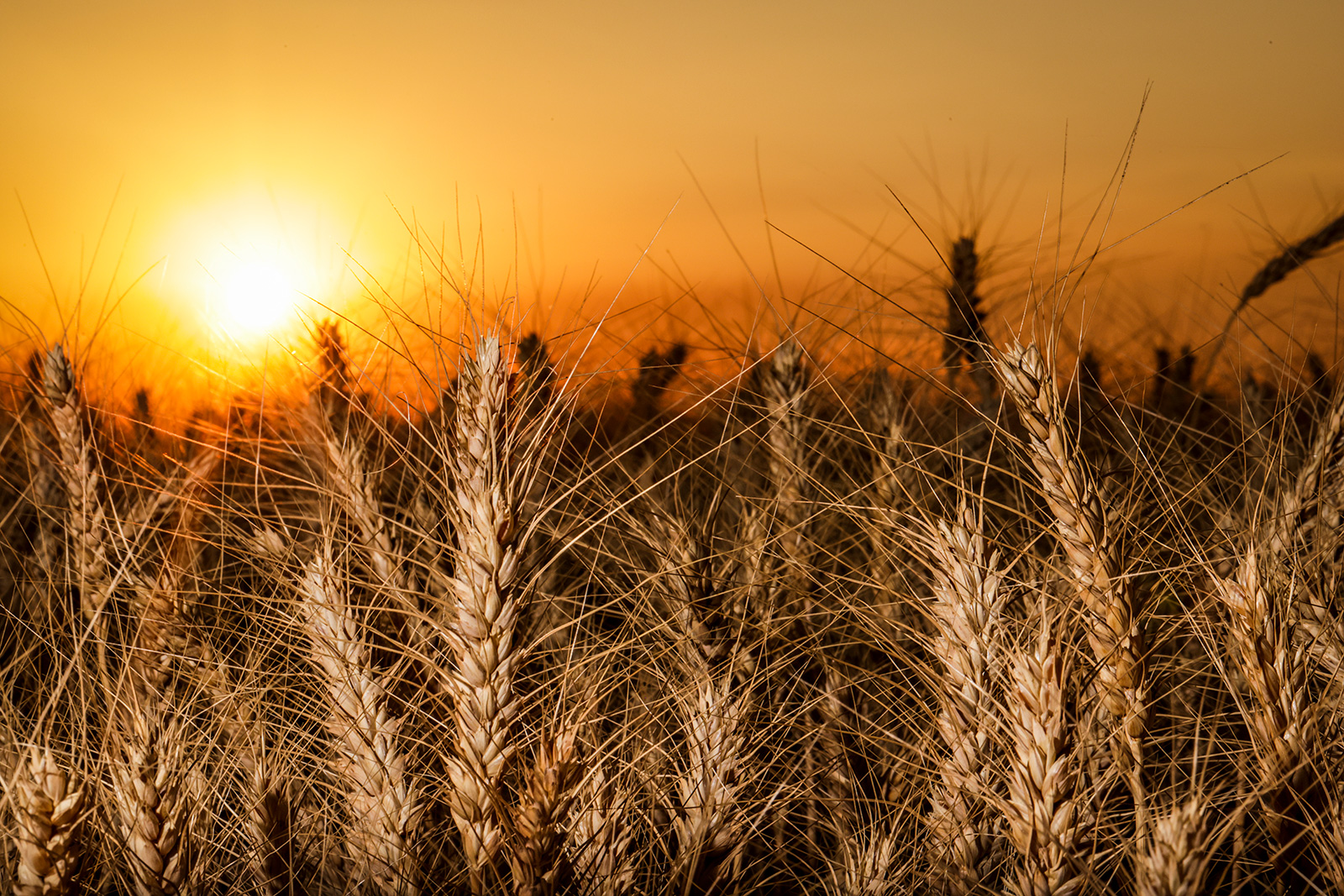Commodity Crop Farmers Report Poor Yields Amid Drought
Canola, spring wheat and barley crop yields were down by as much as 50% this summer while prices dropped
By Maggie Dresser
After a winter drought continued into the spring and summer seasons this year in the Flathead Valley, Heritage Custom Farming owner Tryg Koch says his spring-seeded commodity crop yields, which included canola, spring wheat and barley, were down by 50% this harvest season.
In the two decades that Koch has been farming across the valley, he said this year’s drought was notable and impacted nearly all of his crops.
“This year’s drought was a pretty significant one – there’s no doubt about it,” Koch said.
Koch farms about 2,500 acres of dry land throughout the valley, working on several parcels in Columbia Falls, Kalispell and areas near Flathead Lake, none of which uses irrigation and relies only on rain. Depending on the year, he plants 1,200 to 1,500 acres of wheat and 1,000 acres of hay.
Hay yields were down a ton to the acre while his winter wheat was down by about 20%, which produced slightly more than spring wheat because it was planted in the fall.
The hot and dry weather this summer also impacted the harvest schedule this year, and Koch said his crops matured faster than normal and he began harvesting about two weeks early. Meanwhile, canola eventually stopped maturing and went dormant.
“When it’s hot and dry like that, they mature at different rates and it kind of screws with them,” Koch said. “A lot of things got to a certain height and stopped growing.”
At the Northwestern Agricultural Research Center in Kalispell, field crop physiologist and the research center’s superintendent Jessica Torrion said dry land crops had a tough summer, with yields down 30% to 50%.
The Flathead Valley received about 5 fewer inches of rain than it normally does, and the warm May, which saw temperatures consistently in the 80s, caused crops to mature earlier.
“We had a warm May and all of a sudden, it got cold in June and the crops were advanced in terms of harvest,” Torrion said. “Typically, we harvest canola toward mid-September, and we harvested a week or two earlier this year – same with spring and winter wheat.”
While the heavy rain at the end of August helped with drought conditions, Torrion said it came too late because farmers were already harvesting.
Locally, red winter wheat prices are $6 per bushel compared to $10 per bushel a year ago and canola is $12 per bushel compared to $18 a year ago.
Recent droughts paired with volatile prices have prompted Koch and other local farmers to plant more winter wheat, which requires less fertilizer, compared to spring wheat.
The war in Ukraine has also impacted fertilizer prices when exports were halted. And while costs have come down in the last year, Torrion said farmers have planted more winter wheat because it’s cheaper to produce.
“I think farmers adapted to the risk of expensive fertilizer and most planted winter wheat and they skimped on the fertilizer,” Torrion said.
To adapt to changing markets, Koch has added a new crop to his rotation this year and he planted 300 acres of fiber hemp after he contracted with a processing facility called IND Hemp, which recently opened in Fort Benton. The hemp is broken down to make products like clothing and rope.
In addition to benefits like weed mitigation and soil health, Koch said hemp thrives in hot and dry conditions and his crop did well in its first year.
“We have a market now and there are agronomists that help us manage things,” Koch said. “It’s still a new crop for everybody and we’re trying to figure it out and learn as we go.”